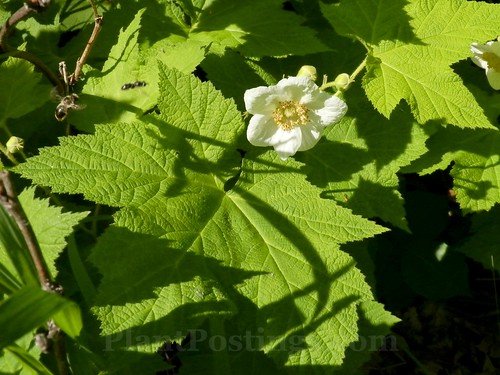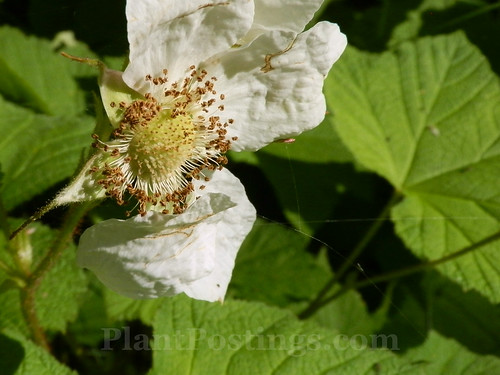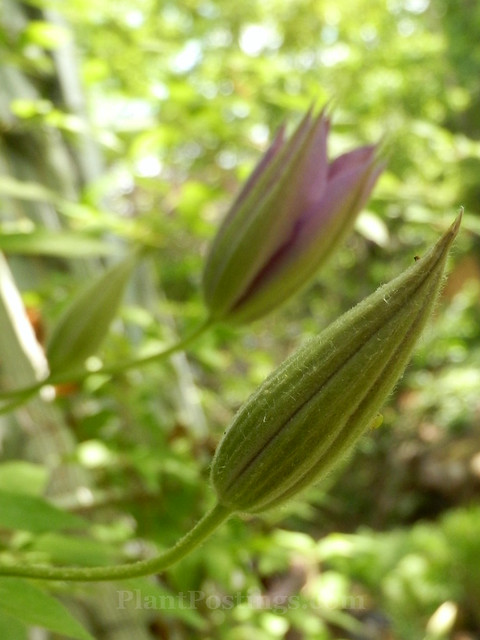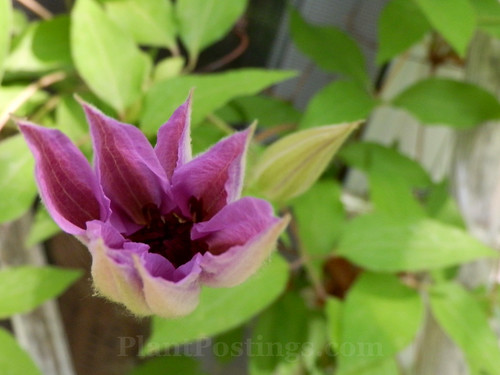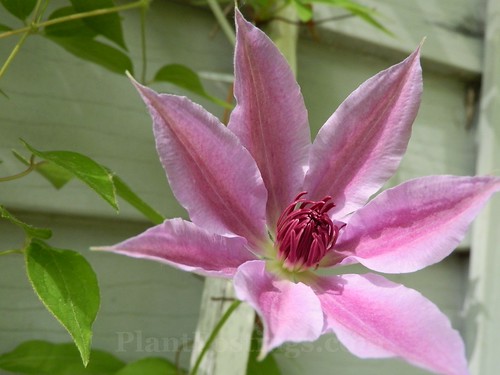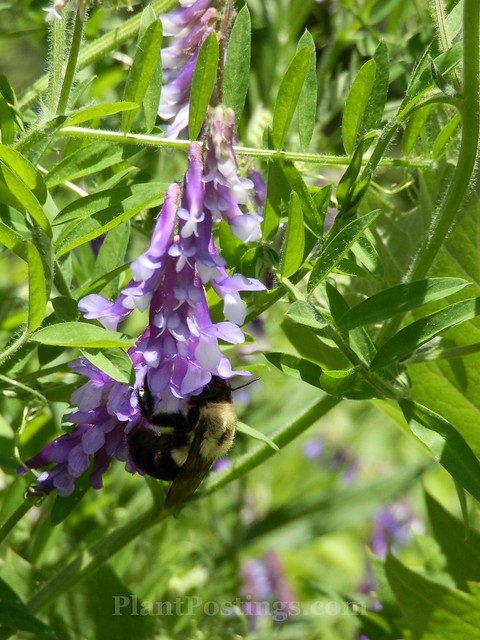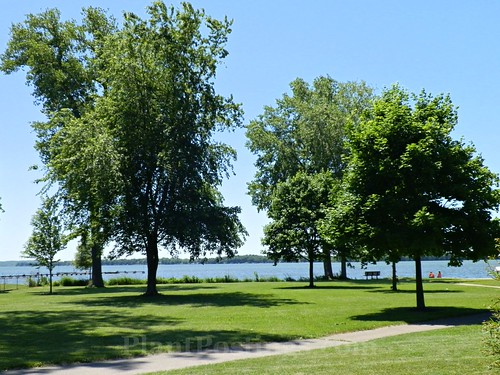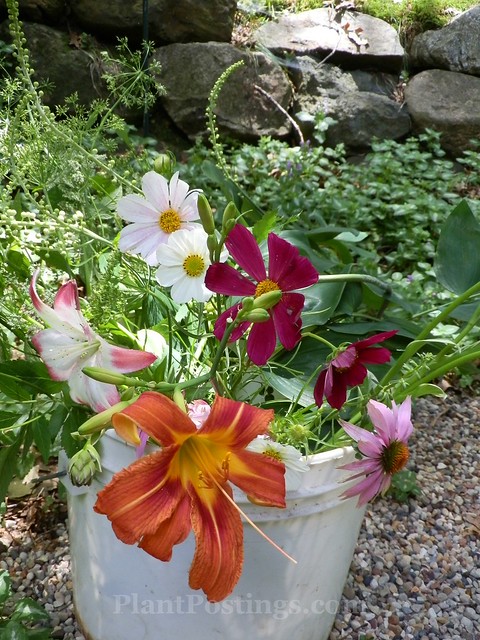
I'm on flower duty this weekend at church. A group of us take turns supplying flowers throughout the summer. I try to use flowers from my garden as much as possible.
Not all flowers are good cut flowers, and I wasn't sure I'd have enough workable ones for three floral arrangements this weekend. (Soon I'll have so many, I'll call people up to please take some!) The garden's in a bit of a transition now, between late spring to summer blooms.
Still, after checking the garden this morning, I found plenty to add to the mix of blooms I used last week.
Here are the flowers and fillers I found (all should last several days in a vase):
 |
| An unknown Lily hybrid (Lilium spp.). Not perfect, and in my haste to clip off the pollen-laden anthers, I accidentally clipped the stamen, too. Oh well, it will still add color to the bouquet. |
 |
| Bearded Iris foliage that I needed to clip anyway. It's a great foundation element. |
 |
| Purple Coneflowers (Echinacea purpurea), just starting to bloom. |
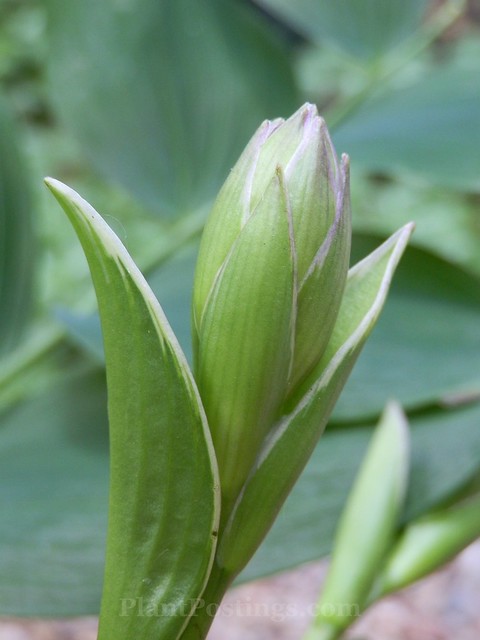 |
| Hosta flower buds. Yes, the stems with buds, and later the flowers work well in arrangements. |
 |
| Ditch Lilies (Hemerocallis fulva). I know, I know, a lot of people don't like this one. But it works well in arrangements, even though each bloom only lasts for one to two days. |
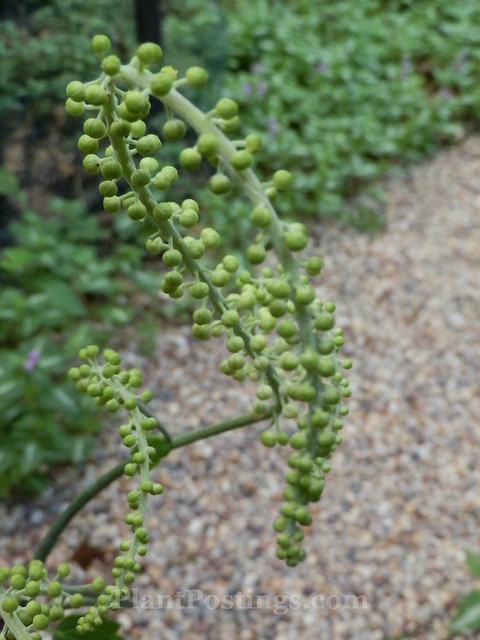 |
| A Bugbane (Cimicifuga racemosa) stem that got pummeled so much by the wind that it curled and contorted. Hmmmm ... could be interesting in the floral arrangement. |
 |
| One of my favorite annuals, Cosmos (C. bipinnatus), also just starting to bloom in my garden. They'll be prolific until the first hard frost in October. |
 |
| Solomon's Seal (Polygonatum biflorum), which I didn't end up using, but thought it might come in handy. I have way too many of these, and need to give some plants away next spring. |
Not all of the blooms are perfect, but little tucks here and there make for pleasant combinations with the flowers from last week.

The two side arrangements are made from mostly store-bought flowers.

The bigger arrangement incorporates mostly blooms and foliage from my garden.
Throughout the rest of the summer, I'll have plenty each week to fill bigger bouquets.
For more ideas on how to grow (and use) your own vegetables and flowers at home, visit this "dear friend and gardener" link.
Oh, and for all you mycologists out there, check out all these nifty fungi I found in the garden while gathering flowers. We've had a lot of rain lately, and I managed to snap some photos before the fishman mowed the lawn.





That last one seems to be popular with the resident squirrels. I've seen them eating this mushroom. I don't feel confident to eat any mushrooms beyond morels, but I wonder if this one is edible for humans, too?
Happy Independence Day to my American friends! And to everyone else: Enjoy the World Cup!





